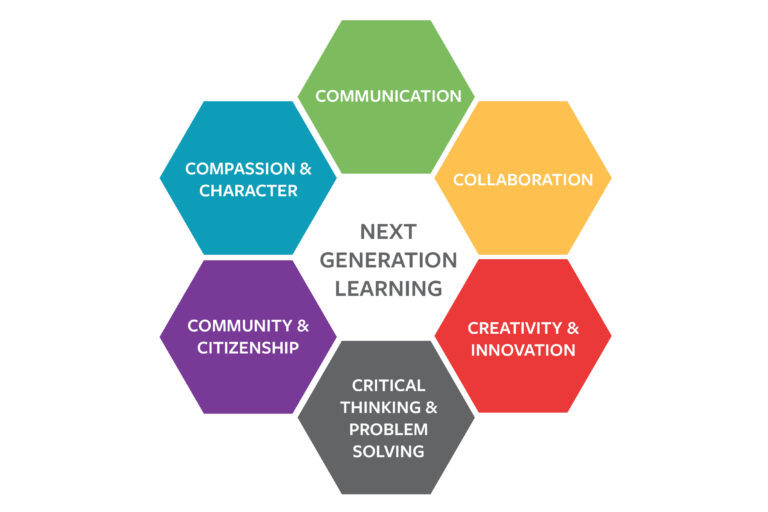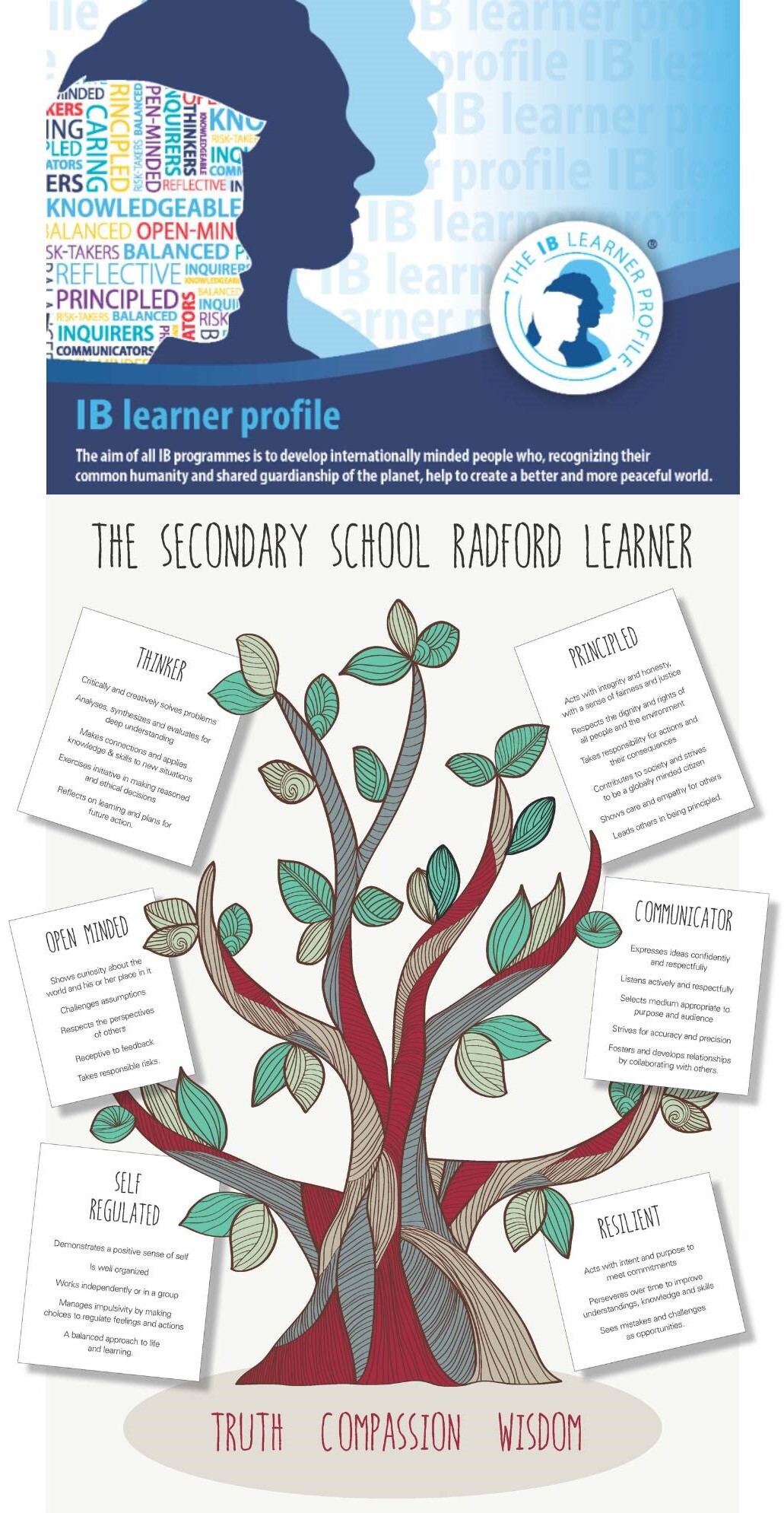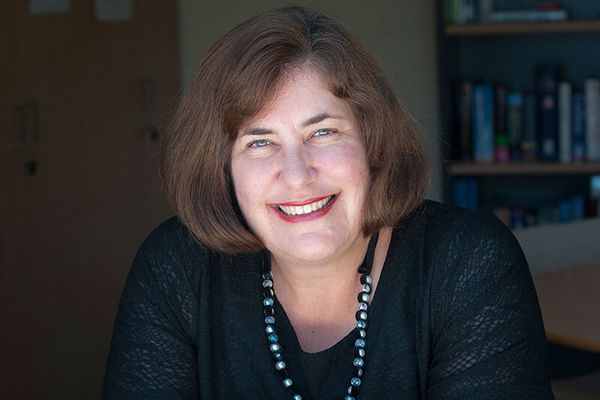Innovative Learning and Teaching
Innovative Learning and Teaching
By Mrs Louise Wallace-Richards, Assistant Principal Teaching and Learning
At last week’s College Board Retreat, I had the opportunity to speak about how we can lead our students to think critically and creatively, presenting Board Members with the following provocation from the 2030 OECD Schooling Redesigned Towards Innovative Learning Systems:
How do we foster motivated, engaged learners who are prepared to conquer the unforeseen challenges of tomorrow, not to speak of those today?

To begin to answer this question, any educator needs to consider what we should focus the learning on in our schools. A good starting point is the Six Cs of 21st Century Education, seen in the Next Generation Learning diagram (Michael Fullan 2015 and Brian Miller 2015). A focus on these, says the research, will set students up not only for future career success, but also for success in every aspect of life.
The Radford Secondary School Learner and IB Learner Profiles incorporate the Six Cs and demonstrate that as a College, we seek to develop many traits in our students to help them become successful learners, confident and creative individuals, and active and informed citizens (Australian Curriculum 9.0).
So as a College, like many schools, we are definitely clear on what we want to develop in our students. However, the more important question for all schools is not the what or even the why but the how. In my role at Radford, I look to how we can use the way we teach to foster critical thinking and open mindedness, effective and respectful communication, and students who leave the College equipped with a curiosity about the world, coupled with the skills to analyse, evaluate and not take what they are told at face value.

I have written about self-regulated learning (SRL) in my Bulletin articles over the past two years and emphasised how teaching cognitive and metacognitive SRL to students is key to helping them achieve deep levels of learning. If you can’t achieve deep learning, you will struggle to think critically and are less likely to question and inquire into the validity of others' views. It is one of the hows we have been focusing on to help our students become critical thinkers.
This week, Dr Shyam Barr is returning to Radford to conduct forums with our Year 8-11 students to see what they have learned about SRL and which strategies they are using to regulate their motivation and concentration so they can achieve their learning goals. I am looking forward to hearing from our most important members of the College and using what they report to plan the next steps for the College in using SRL to engage our students in the classroom.
One of the other key elements of my presentation to the Board was discussing the role our spaces and use of furniture are playing at Radford in helping our students engage in their learning, collaborate with others, and rise to the challenge of thinking critically and creatively in all of their classes. My Year 11 Literature class helped me to deliver my points by allowing me to record them moving the furniture in the classroom to suit the style of learning and teaching from:
- Facing the front for direct instruction;
- In groups for collaborative learning; and
- A conference-like set up for a whole-class discussion.
By our teachers developing routines with students that allow them to set up rooms to suit the style of learning and teaching, they are helping their students identify the skills necessary for a successful learning experience and then allowing them to practise those skills in a suitable learning environment; skills that we as a College and the world value in the 21st Century.
Of course, there is much more to helping our students develop their critical and creative thinking skills. For this learning to occur, it must be by design, with teachers ensuring:
- Lessons are learner-centred;
- Programs of learning include explicit teaching and problem solving and inquiry pedagogies;
- Opportunities for cooperative group-setting learning experiences;
- Students know how to use self-regulated learning strategies;
- Spaces and furniture are used appropriately for learning experiences;
- Students are comfortable to take risks with their thinking by catering for individual and group differences, including cultural background motivation and abilities; and
- ICT is used deliberately, not as a mere substitute to pen and paper (partly informed by the OECD Innovative Learning Environments Project, 2010).
Finally from me this week are a couple of questions to ponder about how we can keep moving with our how plan to foster motivated, engaged learners who are prepared to conquer the unforeseen challenges of tomorrow, not to speak of those today (2030 OECD Schooling Redesigned Towards Innovative Learning Systems):
- How do we address the tension between teaching content and teaching skills, such as critical and creative thinking?
- How can we shift teacher practice to foster the Six Cs and prepare our students for life beyond Radford?
